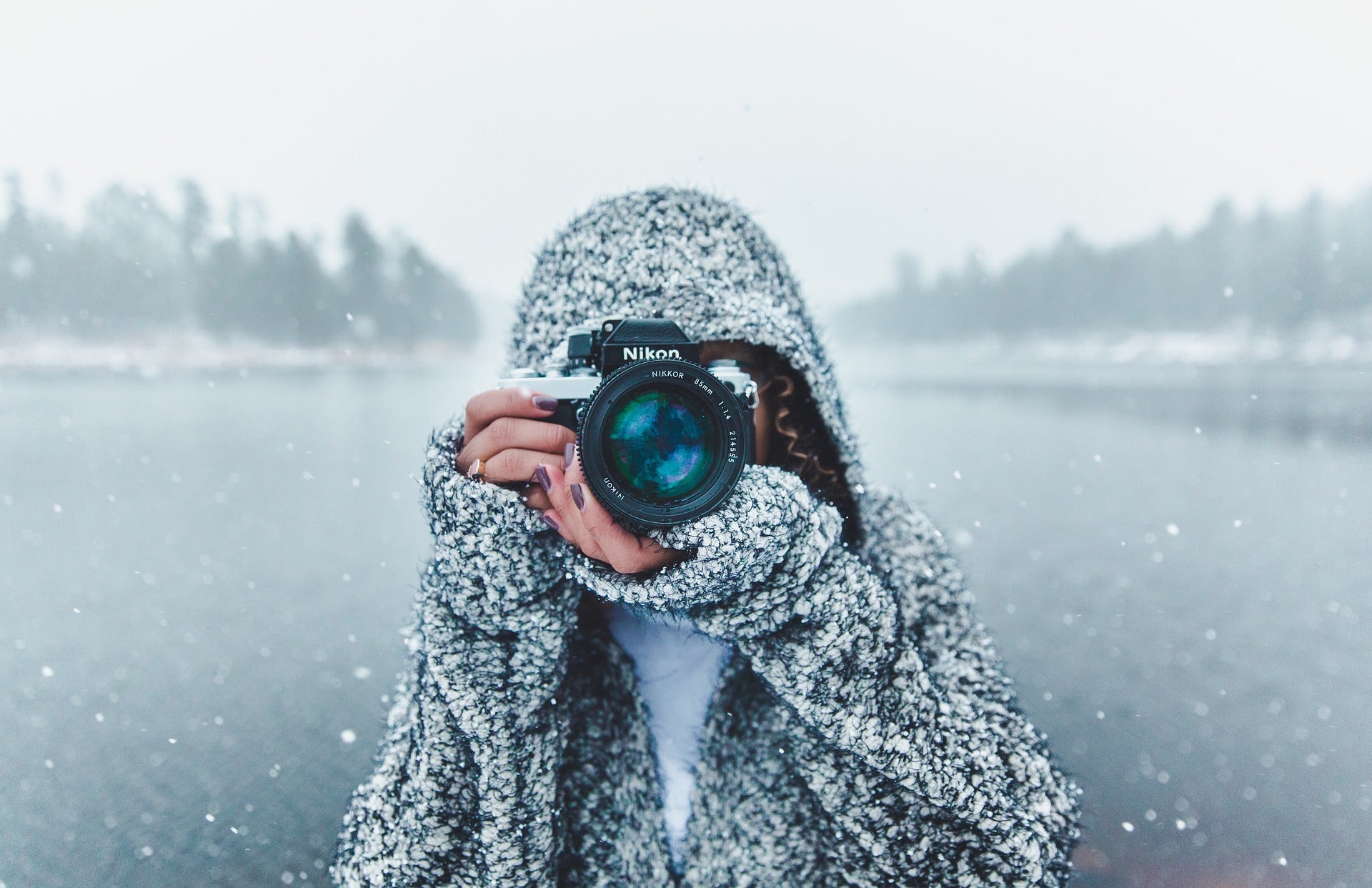
With its stark colours and desolate landscapes, winter can be an incredibly beautiful time for camera enthusiasts to shoot photography.
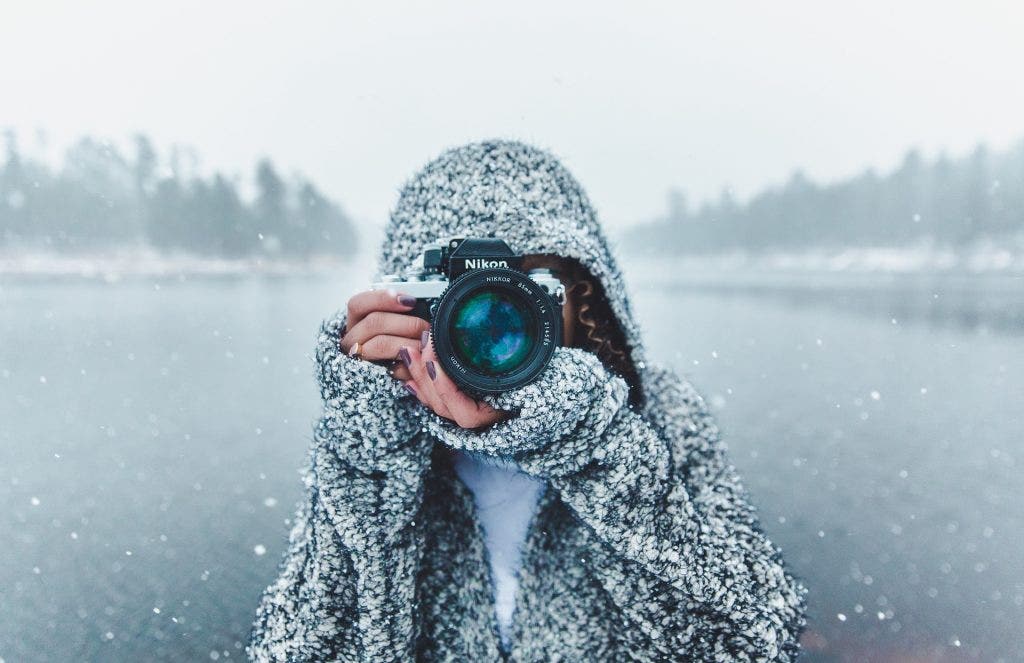
Brave the cold and get out there with your camera. Before long, you’ll see those threatening storm clouds as an opportunity for a wonderfully foreboding image, that latest snowfall the perfect portrait backdrop because of its soft-white balance.
So, as we head into the throes of winter, here are some hints and tips for taking better pictures this winter.
Make the most of soft light, especially for portraits
Winter light is usually softer than summer light, affording photographers better opportunities for outdoor portraits on more pleasant days. In the late afternoon, the light is not only diffused, but often beautiful and warm in colour, making it ideal for flattering portraits or wildlife photography.
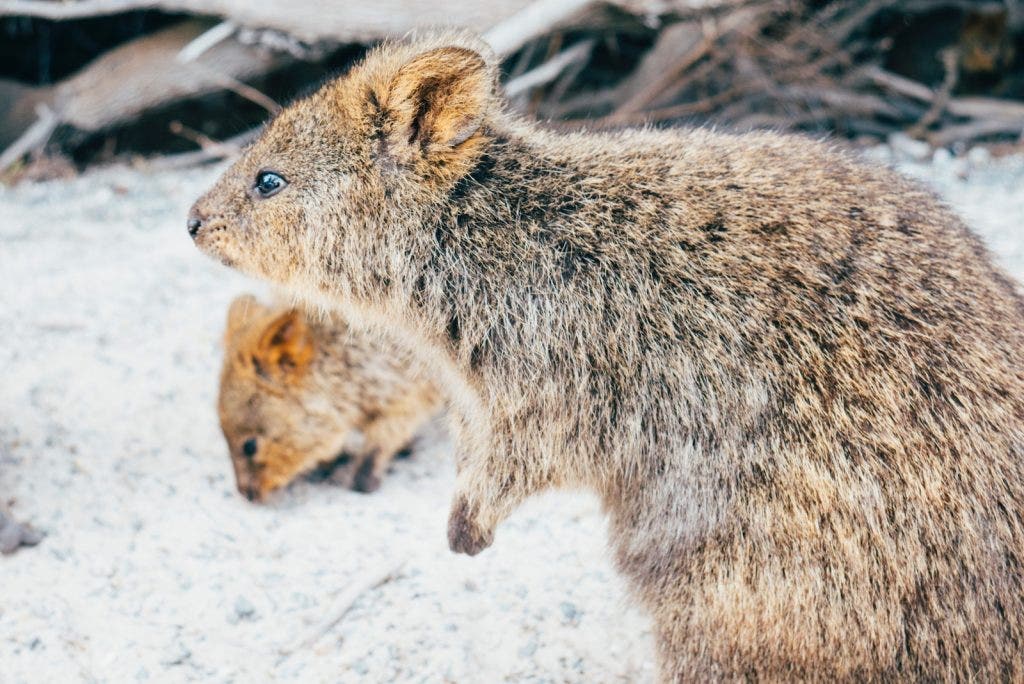
Because winter backgrounds can be quite stark and monotone, sometimes a pop of colour – jewellery, a beanie or a dazzling winter coat perhaps – can work wonders. Don’t be too liberal with colour though. Too much will cause the viewer’s eyes to jump sporadically around the image.
If you’re shooting in the snow, it pays to inspect your camera’s exposure as the brightness can affect it and cause the snow to appear a dull grey. Many cameras have an ‘Exposure Warning’ or ‘Exposure Compensation’ setting, which will alert you if your frame is too over or under exposed.
Embrace stormy weather and lightning
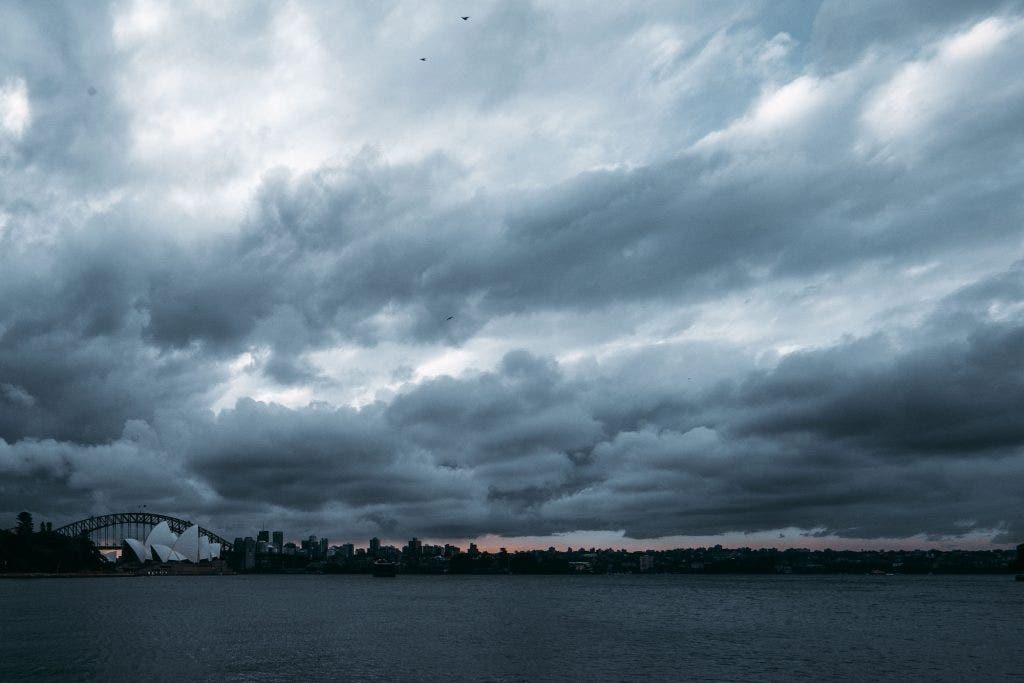
As mentioned, you can use dark, cloudy skies to your advantage! Overcast skies add a dramatic element to your landscapes and provide a striking background. The light also allows you to record greater detail in both the highlight and shadow areas of your subject.
The opportunity to photograph lightning can present itself in winter months too. Set yourself up in a safe location and put the camera firmly on a tripod. Photograph at night and set your camera on “B” with a wide-angle lens set at full aperture and pointed at the most active part of the sky. Include some foreground context like a tree or building to generate interest.
Experiment with dramatic composition
Don’t be scared to experiment with your camera and subject placement. Sometimes, the wrong choices can still achieve better results than the standard, boring options.
Experimenting will help you learn to see more detail in your landscapes and give you the time and practice it takes to observe the hard, geometric lines provided by bare trees, jagged rocks, frosted leaves, wet flowers and water droplets. So take a walk and get your eye in.
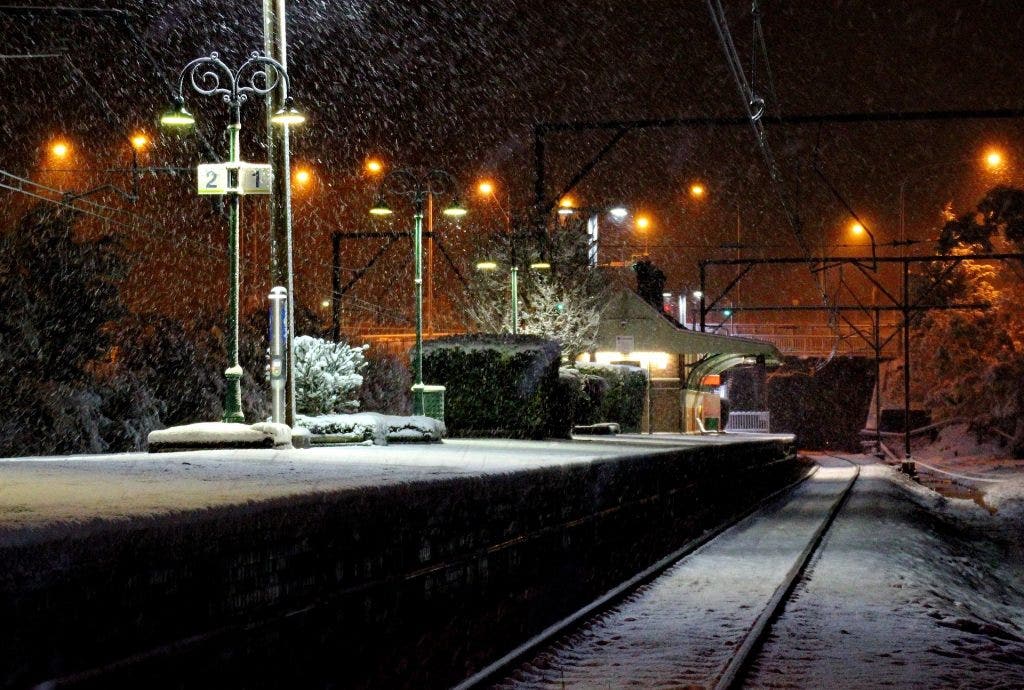
Getting out there and trying creative new angles and shots will also train your eye to appreciate the soft winter light, which enhances detail and is thus ideal for images that reveal texture. Search for photo opportunities that are made possible by these elements and keep them simple.
Try a wide-angle lens and move in close to your subject to create sweeping, dynamic compositions and strong foreground interest, using leading lines that draw the eye through the entire frame.
Use a filter to add winter dynamism
There’s always the option to use the occasional filter to improve your winter pictures. For example, an 81A, B or C filter will add warmth to an otherwise cold blue picture.
To add interest to grey winter skies, consider a graduated filter, which will enhance winter landscapes without affecting the foreground. Grey graduated filters will appear more natural in winter landscape photographs but coloured graduated filters like Tobacco can also be effective.
Depending on the prevailing light, a polarising filter can be used to good effect to saturate colours and clarify detail. Polarising filters will also deepen the blue in your skies on the right kind of day.
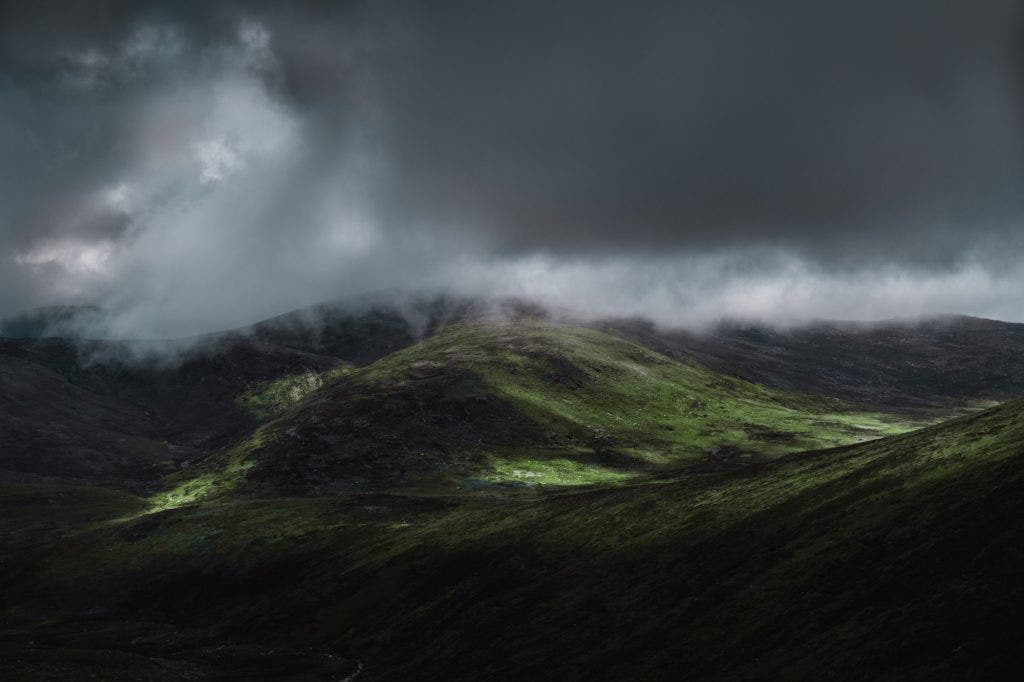
Black and white photography requires an entirely different range of filters. A yellow filter will boost contrast and increase detail in both the landscape and the sky, while an orange or red filter will create an even more dramatic contrast.
If you’re seeking that mist or fog effect, try breathing lightly on the filter screwed to the front of your lens and wait as it dissipates to give you the effect you want.
Keep your hardware in-tact
Camera batteries are sensitive souls and don’t like extreme temperatures. If they’re subjected to mighty cold conditions – something not normally associated with Australian winters but not unheard of either – they can lose power, especially at higher elevations.
If you’re taking a winter photography trip, try to keep your camera, flash and batteries as warm as possible, carrying them under your coat or close to your body. Take spare batteries with you when you venture out and remember to keep them warm too! A heavy-duty bag or backpack is a great investment to keep your camera gear safe, secure and winter-proof.
Before you embark on your next winter adventure, stock up on all the essential winter photography items mentioned in this post, like filters, batteries and bags, and much more.
Or read more photography articles on our blog, such as how to use polarising filters or troubleshooting DSLR under exposure problems.
